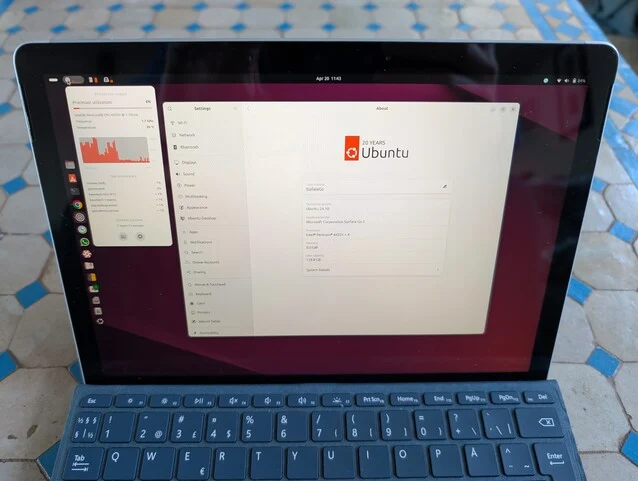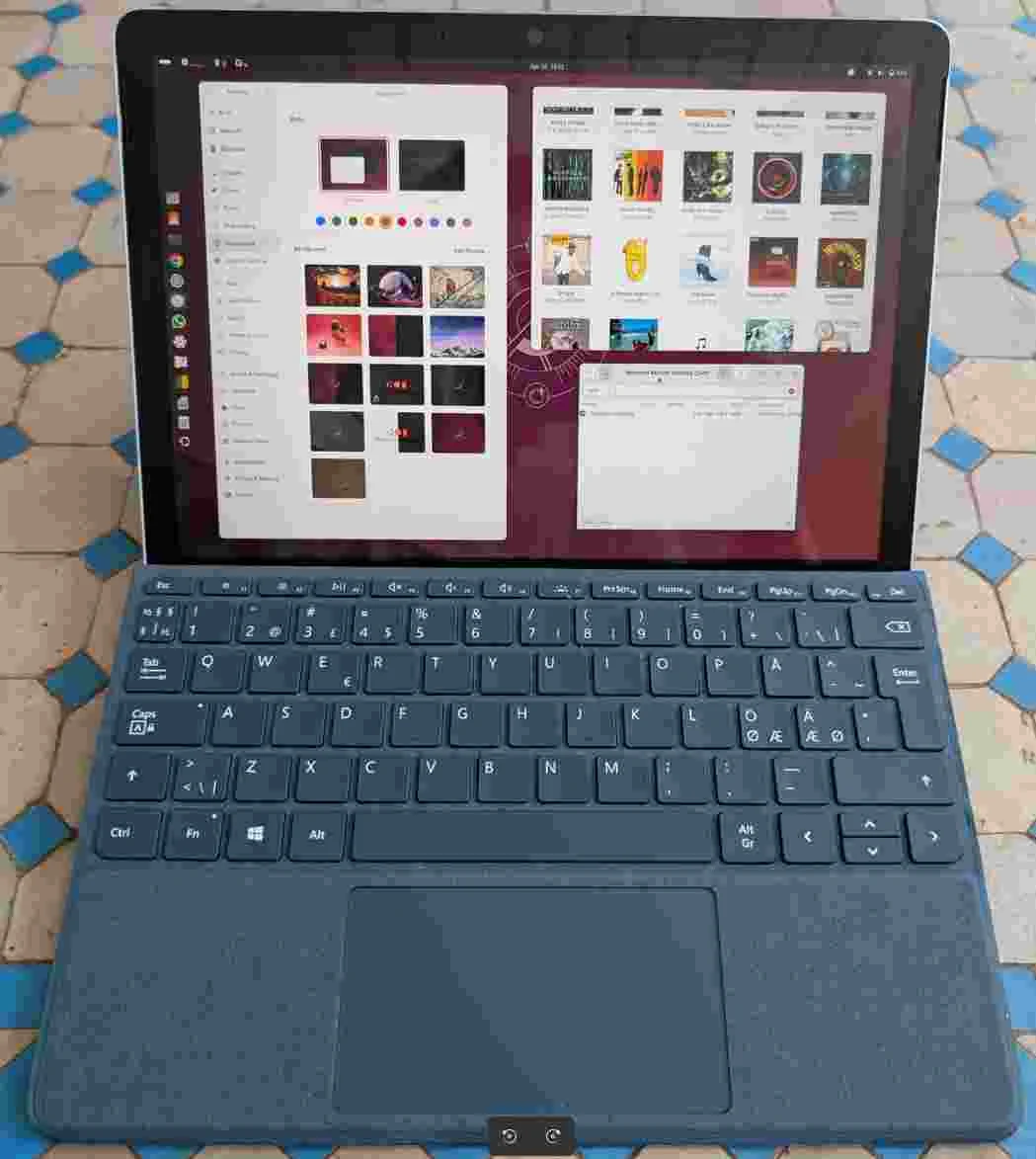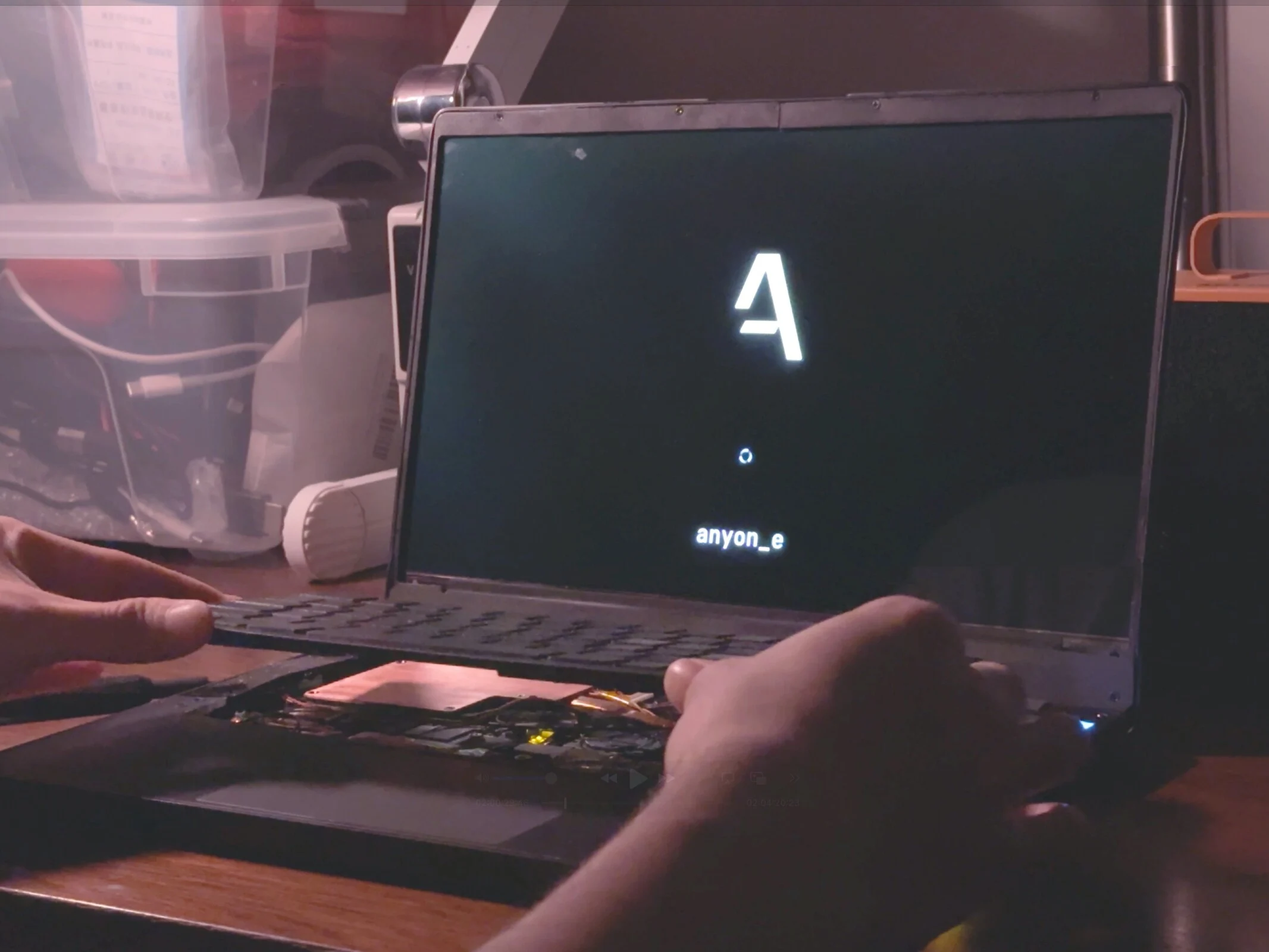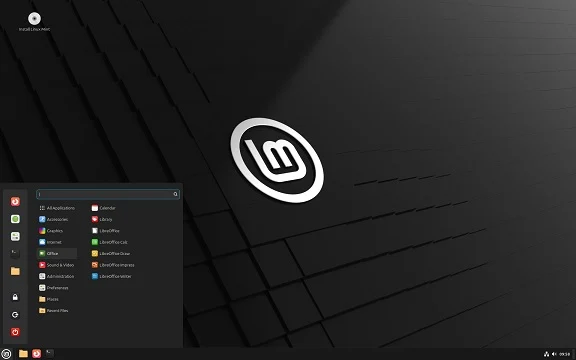Key Takeaways
1. Small productivity devices like tablets have become less popular, with limited options struggling in multitasking and file management.
2. A used Surface Go 2 can be a budget-friendly choice, but Windows 11 can significantly slow down performance.
3. Installing a Gnome-based Linux distribution can transform the Surface Go 2 into a more efficient and portable device for various tasks.
4. The Surface Go 2 excels as a multi-purpose device for reading, media playback, and remote gaming, with expandable storage options.
5. Customization options in Linux, such as Gnome extensions, enhance usability and performance on the Surface Go 2, despite its hardware limitations.
Small productivity devices that can handle desktop-level web browsing, basic image editing, and media consumption have become less popular. Now, the only choices are iPads and Android tablets, which struggle with multitasking, file management, and mobile browsing. There are also gaming handhelds with small screens or options from Chinese manufacturers. While 13-inch tablets and 2-in-1s offer power, they are often too cumbersome to hold for extended periods. In 2025, finding a sub-13-inch device that runs a desktop-class operating system is nearly impossible.
A Bargain Purchase
When I needed a portable device that wouldn’t take up much space while traveling with just carry-on, I found a used Surface Go 2 for about $100, featuring 8 GB of RAM and a 128 GB SSD, which seemed like a great deal. However, after testing it out, I discovered the previous owner had “upgraded” it to a fresh install of Windows 11, which made the setup process painfully long—over 30 minutes! Once I got through that, even opening simple applications like the file manager or web browser took ages, and trying to load something resource-heavy like YouTube caused the device to freeze for minutes.
Transforming the Experience
I really liked the design, so I sought another way to make it work. Erasing Windows completely and installing a Gnome-based Linux distribution turned my second-hand Surface Go 2 from a sluggish machine into a surprisingly effective, touch-friendly, and portable device.
Installing the new OS was straightforward: just burn an image to a USB drive and boot from it. I opted for Ubuntu due to my familiarity with it, the abundance of online support, and many guides available for installing Ubuntu on the Surface Go. Any Linux distribution would suffice, but for a better tablet experience without the keyboard, the Gnome desktop environment is key. There are a few steps to follow, like disabling secure boot and re-enabling it after enrolling the keys, but once that’s done, you end up with a functioning system. Installing the Linux-Surface kernel is also a good idea, though most features, including screen rotation, audio, Wi-Fi, and the detachable keyboard, worked right away.
Minor Limitations
The only part that doesn’t function is the cameras. This wasn’t a deal breaker since using my phone as a webcam works fine, but there are ways to enable the cameras in most software, including Firefox.
Working with Linux feels like a breath of fresh air compared to the bloated Windows 11, although one must adjust their expectations. The Surface Go’s processor is weak in all respects, yet launching programs (like Chrome) is fast, and I never faced issues with multiple tabs opened. I wrote this entire article on the Surface Go 2, including some basic image editing, and it never felt like the device was hindering me. Gimp was the slowest to start, taking about 15 seconds, but once opened, it handled basic tasks quite well. The native resolution without scaling provides ample screen space, and switching to 150% scaling for a more touch-friendly experience is simple.
Multi-Purpose Capabilities
The Surface Go excels not just as a capable work machine but also as an e-reader, music player, remote gaming device, and TV, making it ideal for traveling light.
FBReader supports nearly all e-book formats, including ePub and mobi, allowing for comfortable reading without causing strain on your hands. Even though FBReader has not been open source since 2015, it’s among the best touch-friendly e-book readers available for Linux.
Lollypop serves as a fantastic MP3 player with an intuitive touch interface that makes navigating albums, artists, and playlists much simpler than using something like Rhythmbox.
You can use Feeds, or the Feedly GUI, to import news feeds and read them just like you would on an iPad or phone, while Kodi allows you to explore and watch your media library. Unlike the iPad, the Surface Go 2 offers expandable storage, so there’s nearly no limit to how much media you can keep on the device.
Gaming and Remote Access
With Moonlight, you can stream games from your gaming PC, although the Surface Go surprisingly handles lightweight titles like Hollow Knight quite well. Remmina enables remote access to any Windows machine when you need to manage your gaming setup.
You can also install WayDroid, which adds Android and Google Play Store capabilities to your Surface Go. My experience with WayDroid was impressive, providing access to virtually any Android app. Still, I generally preferred using native Linux applications.
Customization Options
While not mandatory, the Gnome Extension Manager lets you add some useful tweaks. TopHat places a handy set of system stats in the toolbar, showing remaining RAM and disk space, and letting you know how much the CPU is working on the Surface Go. Unless you’re doing something really intensive, all four cores rarely exceed 50%.
Better OSK helps you customize the on-screen keyboard, utilizing the full width of the screen in landscape mode, while also providing access to CTRL, ALT, and Delete keys.
From an aesthetic angle, I added the Wobbly Windows and Magic Lamp effects simply because I enjoy Compiz Fusion from the past, and neither adds much strain on the already burdened CPU.
Conclusion
The Surface Go is by no means a powerhouse. It lacks the processor, RAM, or even battery life found in more modern devices. If you need a tablet that fits that niche, you might want to consider the exorbitantly priced ROG Flow Z13 (Available on Amazon).
Still, you can find the Surface Go at reasonable prices in the second-hand market in various configurations (just avoid the 4 GB RAM models). It offers several compelling uses as a versatile all-in-one device. While it’s practically useless with Windows, with a little DIY effort, you’ll end up with a highly flexible, multi-functional device that fits into a form factor not found outside of iPads and Android tablets, providing a potentially more versatile and effective experience overall.
Source:
Link




